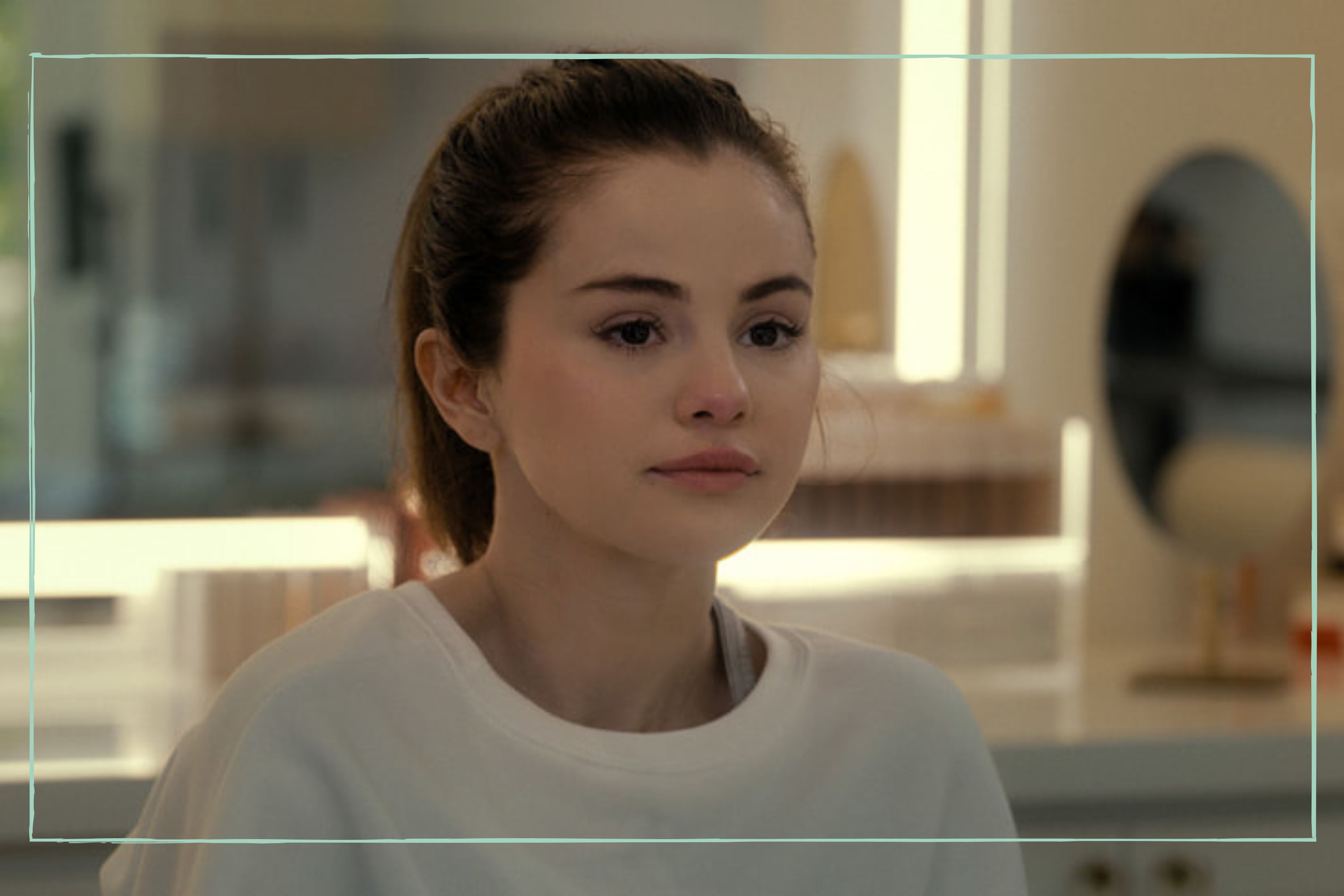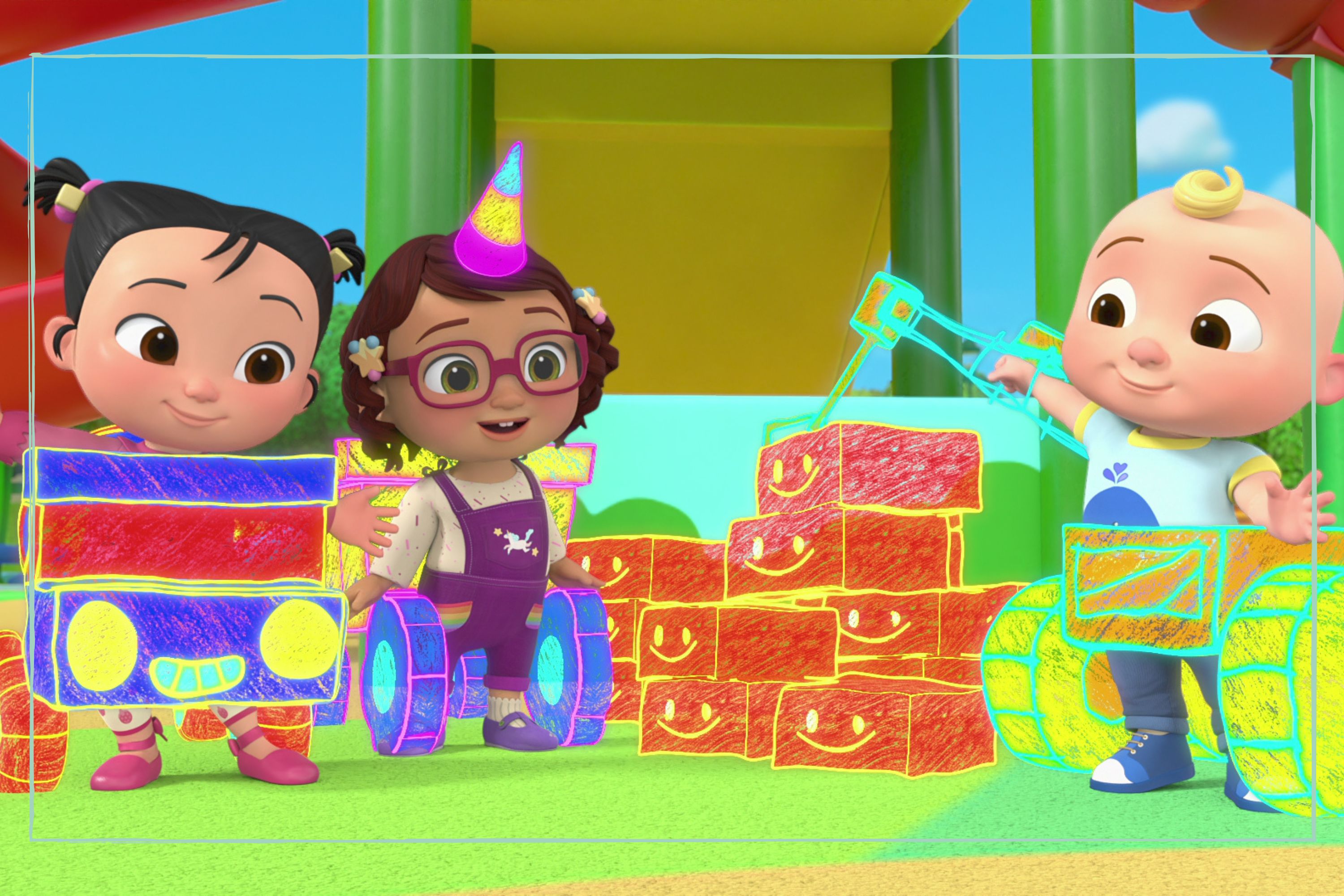Selena Gomez My Mind & Me: What illness does the star have, and how has it affected her?
She lives with with significant mental and physical illness


Selena Gomez is battling some complex and debilitating health issues, which are covered in the new Apple TV+ documentary about the star
As the Selena Gomez My Mind & Me release date is here, those watching the frank documentary might be surprised to learn the extent of the star's chronic illness. Gomez has suffered a tumultuous six years, beginning with a tour cut short in 2015 when she was admitted to a mental health facility. The film deals with her fear at the perceived gravity of her diagnoses, and how she comes to understand and learn more about herself and the illnesses that change and redefine her. Here, we discuss exactly which conditions the actress and singer suffers from, and the life-changing ways they've affected her.
For more interesting documentaries, the Hilary Clinton series Gutsy sees her and daughter Chelsea go on adventures with some of the world's boldest and strongest women. Football fans are eager for the release of inspirational documentary Save Our Squad. The David Beckham led show follows a team of young grassroots footballers struggling to stay in the league. For more football documentary fun, Welcome To Wrexham delves into Hollywood actors Ryan Reynolds and Rob McElhenney buying Wrexham football club in north Wales.
What illness does Selena Gomez have?
Selena Gomez suffers from lupus, an autoimmune disease that causes the body’s immune system to attack its own tissues and organs. She was diagnosed in 2014.
Inflammation caused by lupus can affect a multitude of bodily systems, including joints, skin, kidneys, blood cells, brain, heart and lungs. According to the Mayo Clinic, lupus can be very difficult to diagnose because the signs and symptoms often mimic other ailments. The most common sign of the illness is a facial rash across the cheeks that resembles butterfly wings. Some people are born with a predisposition to developing lupus, which can be triggered by infection, certain drugs, and occasionally, sunlight. No cure for the autoimmune disease exists, but treatments are available to control some of the symptoms.
Diagnosis is so difficult because no two cases of lupus are ever the same. Symptoms may come on rapidly, or onset might be very slow. Some symptoms can be mild and temporary, while others severe and permanent. Most sufferers experience mild disease, characterised by episodes - or flare ups of the disease. During a flare up, signs and symptoms worsen temporarily before improving, or even disappearing for a time.

What caused Selena Gomez to have a kidney transplant?
Selena Gomez suffered from lupus nephritis, one of the most serious complications of lupus. She received the transplant in 2017 from her friend Francia Raisa.
GoodtoKnow Newsletter
Parenting advice, hot topics, best buys and family finance tips delivered straight to your inbox.
According to the Lupus Foundation of America, this complication occurs when the immune system mistakenly attacks the kidneys, causing inflammation and possible damage to the organ. Lupus nephritis inflammation can harm the overall renal system, preventing the ability to properly remove waste products from the blood, maintain correct levels of body fluids, and can dysregulate hormone levels that control blood pressure.
Lupus nephritis most often develops within five years of lupus symptoms appearing, with symptoms including weight gain, swelling, frequent urination - especially at night - blood and foam appearing in urine, and high blood pressure. However, in the early stages of lupus nephritis developing, symptoms can go unnoticed. If left untreated symptoms will worsen, and lead to kidney failure. A serious kidney complication such as kidney failure requires either dialysis or a kidney transplant.
A post shared by Selena Gomez (@selenagomez)
A photo posted by on
At the time of the transplant, Gomez shared a picture of herself and friend Francia Raisa in hospital recovering from their procedures. She wrote “I’m very aware some of my fans had noticed I was laying low for part of the summer and questioning why I wasn’t promoting my new music, which I was extremely proud of. So I found out I needed to get a kidney transplant due to my Lupus and was recovering. It was what I needed to do for my overall health. I honestly look forward to sharing with you, soon my journey through these past several months as I have always wanted to do with you”.
She continued “Until then I want to publicly thank my family and incredible team of doctors for everything they have done for me prior to and post-surgery. And finally, there aren’t words to describe how I can possibly thank my beautiful friend Francia Raisa. She gave me the ultimate gift and sacrifice by donating her kidney to me. I am incredibly blessed. I love you so much sis. Lupus continues to be very misunderstood but progress is being made”.

Selena Gomez chemotherapy
Selena Gomez underwent chemotherapy for her lupus in 2014, which can be used to treat autoimmune diseases like lupus and rheumatoid arthritis.
The star had a difficult time speaking about her treatment at the time, only revealing it a while after undergoing it. She took time away from the spotlight during treatment, and was worried that her symptoms at the time could have caused a stroke. Speaking to Billboard, she said “I was diagnosed with lupus, and I’ve been through chemotherapy. That’s what my break was really about. I could’ve had a stroke”.
She added “I wanted so badly to say, ‘You guys have no idea. I’m in chemotherapy’. I locked myself away until I was confident and comfortable again.” Not everyone with lupus will require chemotherapy, but some with serious symptoms such as Gomez’s will be prescribed the treatment. Similarly, strokes are also rare with the condition, but very high blood pressure can sometimes result in them occurring.

Does Selena Gomez have cancer?
No, Selena Gomez doesn’t have, and has never been diagnosed with cancer. Fans thought she might’ve had cancer when she revealed she had been through chemotherapy, but the treatment was purely to treat her lupus symptoms.
According to Medical News Today, chemotherapy drugs are the mainstay of cancer treatment, but do weaken and suppress the immune system. However, as suppressing the immune system is important to the treatment of lupus, chemotherapy is a licenced treatment that prevents an overactive immune system attacking healthy body cells and tissues.
As a treatment for cancer, such medications slow or stop the growth of cancer cells but don’t specifically target cancer cells. Instead, they target rapidly dividing cells, including immune system white blood cells. By interfering with immune cell function, chemotherapy can calm the autoimmune reactions and reduce inflammation caused by lupus.
Is Selena Gomez bipolar?
Yes, Selena Gomez revealed in 2020 that she’d been diagnosed with bipolar disorder, after checking into a mental health facility.
She said at the time on a TikTok clip, “When I first got out, I didn’t know how I’d cope with my diagnosis. What if it happened again? What if the next time, I couldn’t come back? I needed to keep learning about it. I needed to take it day by day”.
According to Rolling Stone, she then discussed the condition in depth during an Instagram live with Miley Cyrus. She said “Recently, I went to one of the best mental hospitals in America, McLean Hospital, and I discussed that after years of going through a lot of different things, I realized that I was bipolar. And so when I got to know more information, it actually helps me. It doesn’t scare me once I know it”.
She continued “I’ve been writing a lot. I think that that’s been helping me process what’s been going on. A lot of it is connecting with people that maybe you haven’t been the greatest to that you may not have thought about. I feel like there’s been a lot of people I’ve gotten to do that with not necessarily saying it was bad, but just saying, ‘Hey, I hope you’re safe. I hope you’re doing okay,’ and that you know you’re on my side. I’m only sending you love from this end”.

Bipolar disorder symptoms
Bipolar disorder is characterised by extreme mood swings, ranging from extreme highs known as mania, to extreme lows manifesting as depression.
Episodes of mania and depression can last for several weeks or months, and according to the NHS, depressive symptoms include:
- feeling sad, hopeless or irritable most of the time
- lacking energy
- difficulty concentrating and remembering things
- loss of interest in everyday activities
- feelings of emptiness or worthlessness
- feelings of guilt and despair
- feeling pessimistic about everything
- self-doubt
- being delusional, having hallucinations and disturbed or illogical thinking
- lack of appetite
- difficulty sleeping
- waking up early
- suicidal thoughts
Symptoms of mania include:
- feeling very happy, elated or overjoyed
- talking very quickly
- feeling full of energy
- feeling self-important
- feeling full of great new ideas and having important plans
- being easily distracted
- being easily irritated or agitated
- being delusional, having hallucinations and disturbed or illogical thinking
- not feeling like sleeping
- not eating
- doing things that often have disastrous consequences – such as spending large sums of money on expensive and sometimes unaffordable items
- making decisions or saying things that are out of character and that others see as being risky or harmful
Related Apple TV+ Features:
- The Greatest Beer Run Ever: Is Zac Efron's new film based on a true story and where was it filmed?
- Ted Lasso season 3: What we know so far about a release date and season 4
- Trying Season 3 release date and all you need to know about the cast
- The Morning Show Season 3: Cast and expected release date
- See season 3 on Apple TV: UK release date, cast, and will there be a season 4?
- Is Bad Sisters a remake and where is it set?
- Why does Bibi have an eye patch in Bad Sisters?
- Where is Bad Sisters filmed? Locations in Ireland of the Apple TV black comedy
- Bad Sisters: Ending explained - who killed John Paul?
- Will there be a Bad Sisters season 2?
Video of the Week

Lucy is a mum-of-two, multi-award nominated writer and blogger with six years’ of experience writing about parenting, family life, and TV. Lucy has contributed content to PopSugar and moms.com. In the last three years, she has transformed her passion for streaming countless hours of television into specialising in entertainment writing. There is now nothing she loves more than watching the best shows on television and sharing why you - and your kids - should watch them.
-
 Balamory is back after two decades - why we can’t wait for the reboot of the iconic BBC series
Balamory is back after two decades - why we can’t wait for the reboot of the iconic BBC seriesWhat's the story in Balamory? Now you can find out, as the BBC announces the return of the beloved children's series nearly 20 years after the final episode aired.
By Lucy Wigley Published
-
 Is Francesca in Bridgerton gay? With more great representation in the show, this expert shares how to start the conversation around sexuality with your teen if they’re watching
Is Francesca in Bridgerton gay? With more great representation in the show, this expert shares how to start the conversation around sexuality with your teen if they’re watchingIs Francesca in Bridgerton gay? It's a question many have asked, and you might need to have conversations around sexuality with your teen if they’re watching.
By Lucy Wigley Published
-
 Is Eric a true story? Benedict Cumberbatch lives every parent’s worst nightmare in new Netflix show
Is Eric a true story? Benedict Cumberbatch lives every parent’s worst nightmare in new Netflix showIs Eric a true story? Every parent’s worst nightmare plays out in Netflix's latest show, against a backdrop of 80s New York grappling with AIDS and racism.
By Lucy Wigley Published
-
 Normal People season 2 rumours are circulating, and we have our own Marianne and Connell 'first love' stories to share
Normal People season 2 rumours are circulating, and we have our own Marianne and Connell 'first love' stories to shareNormal People season 2 rumours are flying around, and we have our own Marianne and Connell moments to share - because everyone remembers their first heartbreak.
By Lucy Wigley Published
-
 Channel 4 drama The Gathering explores 'toxic teenagers and their even more toxic parents' in an online world dominated by social media
Channel 4 drama The Gathering explores 'toxic teenagers and their even more toxic parents' in an online world dominated by social mediaNew Channel 4 drama explores the challenges of impossible standards set by social media, and how parents themselves become toxic in their need to protect their kids.
By Lucy Wigley Published
-
 Is Brandy pregnant? Bluey fans think the Heelers could be about to welcome a new cousin following the season 3 finale
Is Brandy pregnant? Bluey fans think the Heelers could be about to welcome a new cousin following the season 3 finaleEagle-eyed Bluey viewers are wondering if Aunt Brandy is pregnant, following a touching moment in the season three finale.
By Ellie Hutchings Published
-
 Is Bluey ending? What we know about the rumours around the kids' cartoon, as the Heelers put their house up for sale
Is Bluey ending? What we know about the rumours around the kids' cartoon, as the Heelers put their house up for saleBluey's producer has shared an update on the show's future
By Ellie Hutchings Published
-
 CoComelon has been accused of being 'overstimulating' - the experts explain why it's ok to let your kid watch the popular cartoon
CoComelon has been accused of being 'overstimulating' - the experts explain why it's ok to let your kid watch the popular cartoonCoComelon is adored by kids around the world, but some experts have shared reasons they don't think children should be watching - we look at both sides of the argument.
By Lucy Wigley Published